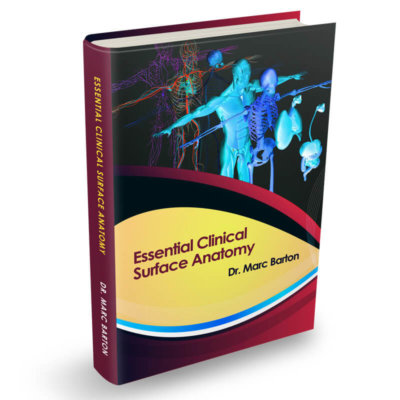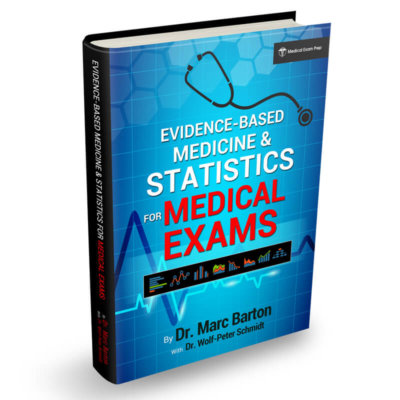Anticholinergic poisoning is a potentially life-threatening condition caused by ingestion or exposure to anticholinergic drugs or substances. Anticholinergics block the action of the neurotransmitter acetylcholine at synapses within the central and peripheral nervous system.
Common drugs and substances that are known to cause anticholinergic poisoning
There are numerous anticholinergic drugs used in clinical practice; some of the most commonly encountered are listed below:
- Antihistamines, e.g. promethazine, doxylamine, diphenhydramine, chlorpheniramine
- Typical antipsychotics (phenothiazines and butyrophenones), e.g. chlorpromazine, droperidol, haloperidol
- Atypical antipsychotics, e.g. olanzapine, quetiapine
- Anticonvulsants, e.g. carbamazepine
- Antidepressants, e.g. tricyclic antidepressants
- Antispasmodics, e.g. hyoscine butylbromide, oxybutynin.
- Antiemetics, e.g. hyoscine hydrobromide
- Antiparkinsonian agents, e.g. benztropine.
- Antimuscarinics, e.g. atropine, glycopyrrolate
There are also several plants that can cause anticholinergic poisoning, including:
- Jimsonweed (Datura stramonium): contains tropane alkaloids such as atropine and scopolamine.
- Deadly Nightshade (Atropa belladonna): contains atropine, hyoscyamine, and scopolamine.
- Mandrake (Mandragora officinarum): contains tropane alkaloids.
Other substances that can be responsible for anticholinergic poisoning include:
- Pesticides: Certain Chemical warfare agents: Nerve agents such as sarin, VX, and soman exert their toxic effects partially through anticholinergic mechanisms.
- Recreational Drugs: phencyclidine (PCP) exhibits anticholinergic effects, among other pharmacological actions
- Hallucinogenic substances: some hallucinogens like LSD and ketamine may have anticholinergic properties.
- Industrial chemicals: some industrial solvents and compounds may have anticholinergic effects upon exposure.
Presentation of anticholinergic toxidrome
A toxidrome caused by ingestion of an anticholinergic drug usually presents with an agitated delirium accompanied by variable signs of central and peripheral acetylcholine receptor blockade.
Central inhibition leads to an agitated (hyperactive) delirium characterised by the presence of the following clinical features:
- Fluctuating mental status
- Confusion
- Restlessness and fidgeting
- Visual hallucinations
- Picking at objects in the air
- Mumbling, slurred speech
- Disruptive behaviour
- Tremor, myoclonus
- Coma, seizures (rare)
Peripheral inhibition is variable, but the clinical features can include:
Dilated pupils (mydriasis)
- Sinus tachycardia
- Dry mouth
- Hot, flushed, dry skin
- Increased temperature
- Urinary retention
- Ileus
A helpful aide de memoire!
A helpful way to remember the classic symptoms of anticholinergic toxicity is with the aide de mnemonic: “Red as a beet, dry as a bone, blind as a bat, mad as a hatter, and hot as a hare.”:
- Red as a beet: skin flushed due to cutaneous vasodilation.
- Dry as a bone: decreased secretions leading to dry mouth, skin, and eyes.
- Blind as a bat: dilated pupils with loss of accommodation.
- Mad as a hatter: agitation, delirium, hallucinations, and altered mental status.
- Hot as a hare: hyperthermia due to impaired thermoregulation.
Management of patients with anticholinergic poisoning
Patients presenting with an anticholinergic toxidrome are often very challenging to manage because of the agitation and disruptive behaviour that is usually present. They require meticulous supportive care to manage the behavioural effects of delirium and prevent complications such as dehydration, injury and pulmonary aspiration. One-to-one nursing is often necessary.
Emergency treatment – as with all critically ill patients, use the Airway, Breathing, Circulation, Disability, Exposure (ABCDE) approach to assess and treat the patient. Contact a poison control centre or medical toxicologist for guidance on management and antidote administration.
Specific management is as follows:
- Sedation for behavioural control – benzodiazepines are the first-line therapy, e.g. IV diazepam in 5 mg-10 mg increments, aiming for a patient that is sleepy but easily roused. Avoid over-sedating the patient, as this will increase the risk of aspiration.
- Intravenous fluids should be prescribed as patients are typically unable to eat and drink and may be dehydrated at presentation.
- Insertion of a urinary catheter is usually required for management of urinary retention.
- Physostigmine is the specific antidote to anticholinergic delirium and may be used for behavioural control in carefully selected cases.
More about physostigmine
Physostigmine acts as a reversible acetylcholinesterase inhibitor. It temporarily blocks the breakdown of acetylcholine, thus enhancing its effects at muscarinic and nicotinic receptors. This increased cholinergic activity overcomes muscarinic receptor blockade, transiently reversing the effects of the anticholinergic agents. Physostigmine is indicated in the following situations:
- Severe anticholinergic delirium unresponsive to benzodiazepine sedation.
- Poisoning with a pure anticholinergic agent (e.g. atropine).
Dosage and administration of physostigmine are as follows:
- Give in a monitored setting with appropriate staff and resources to manage adverse effects.
- Perform a 12-lead ECG prior to administration to exclude bradycardia, AV block or broadening of the QRS.
- Give IV physostigmine 0.5-1 mg as a slow push over 5 mins; repeat every 10 mins up to a maximum of 4 mg.
- The clinical end-point of therapy is resolution of delirium.
- Delirium may reoccur in 1-4 hours as the effects of physostigmine wear off, at which time the dose may be cautiously repeated.
- The response to therapy may be very dramatic, with patients converted from a highly disruptive and agitated patient into well-behaved, coherent individuals within seconds.
The following are contraindications to the use of physostigmine:
- Bradycardia
- AV block
- Interventricular conduction abnormality (QRS >100 ms)
- Bronchospasm
The adverse effects of physostigmine are due to excess cholinergic activity and tend to occur when excessive doses have been used. These include:
- Bronchospasm, Bronchorrhoea and Bradycardia (the “killer Bs”)
- “SLUDGE syndrome” with:
- Salivation
- Lacrimation
- Urinary incontinence
- Diarrhoea
- Gastrointestinal disturbance
- Emesis.
- Seizures may occur with rapid IV administration due to central cholinergic hyperactivity.
- Muscle weakness due to excess acetylcholine at the neuromuscular junction (suxamethonium-like effect).
Header image used on licence from Shutterstock
Thank you to the joint editorial team of MRCEM Exam Prep for this article.







Relished it ! Thank you.